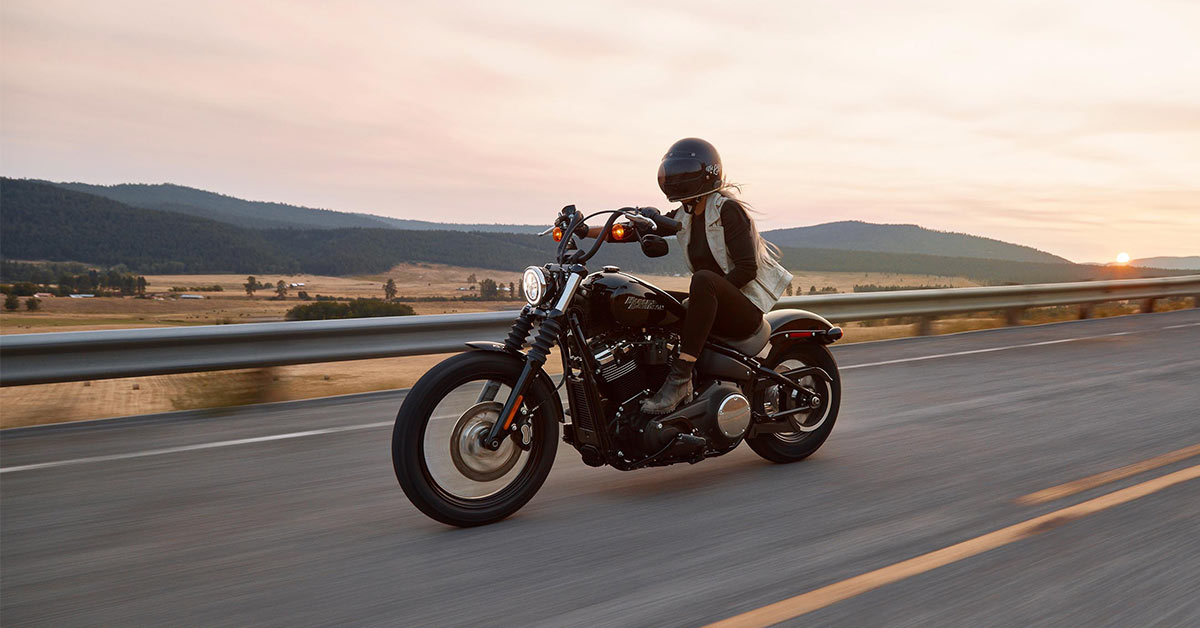Using motorcycle storage to properly store your bike is critical in extending it’s useful life. Doing so will help prevent damage from rust due to rain or snow, or from other vehicles passing by and scratching your motorcycle.
To help you properly store your motorcycle, here are some tips you can use :
1. Remove all dirt and debris from exterior surfaces
First, thoroughly clean and dry all surfaces of the bike. This step seems like an obvious one, but its importance cannot be emphasized enough. Cleaning a bike that won’t be on the road sounds like a thankless job, but it is one that will save you time and headaches in the long run. Any dried-on bugs, dust, or spotting will only become harder to clean off once it has been sitting for a long season.
2. Lubricate all moving motorcycle parts
If you plan to store your motorcycle for more than a few months, make sure you lubricate all essential internal components with a light coat of oil to prevent unwanted moisture buildup.
One way to do this is to remove the spark plugs, then put about a tablespoon of oil into the holes. Turn the engine over and coat the cylinder walls by spinning the rear tire while the bike is in gear. Make sure to add back spark plugs when you are done.
Everything that is usually lubricated in a motorcycle should be checked shortly before storage. Check the chain, cables, and controls to be sure everything is freshly lubed up to withstand the cold and dry winter air.
3. Fill up the gas tank and add a fuel stabilizer
Stop by a gas station that is closest to your storage location and top off the fuel tank. Once you do, add a touch more. A full tank is essential for keeping moisture down on the tank walls.
After the tank is full, add a fuel stabilizer and then take the motorcycle for a short drive to the storage destination. Do not add the fuel stabilizer at the storage location or it will not have a proper chance to mix into the fuel system.
Another option worth mentioning for long-term motorcycle storage is to drain the tank of fuel completely. If you do this, you will need to line the tank with a fogging oil to prevent rust. We recommend this method if you plan on storing your motorcycle for six months or more.
4. Change the oil and replace the filter
Old oil that sits in storage can quickly corrode engine components. This is not ideal for any motorcycle that will be stored for longer than a month. After you took the motorcycle for one last ride and topped off the fuel, change the oil and replace the filter.
Purchase an oil that is primarily for winter use and follow the instructions. Remember to add the appropriate amount of antifreeze to your coolant system, which is an especially important step for winter motorcycle storage.
5. Remove the battery and hook it up to a trickle charger
You can either remove the battery entirely, or, for shorter-term winter storage, keep it on the bike. If you decide to keep the battery on, make sure you turn the bike on every month or so to charge the battery. The best way to go is to remove the battery and store it in an entirely different location that will not have fluctuations in temperature.
Once the battery is disconnected, and the electrodes are cleaned, hook it up to a trickle charger all winter long.
6. Take the weight off the tires to avoid flat spots
The best way to store a motorcycle is with all the weight off the tires. This can be accomplished by using motorcycle stands; the weight relief will prevent uneven tire wear or flat-spotting.
If a stand is not an option, try to hoist the bike up on the front tire and alleviate the weight from the back tire. Make sure to rotate the front tire every few weeks.
If your only option is to leave the bike on the ground, fill the tires to the maximum PSI. Next, line the floor with carpet or plywood to act as a barrier from moisture. Lastly, make sure to rotate the tires by rolling the motorcycle every so often.

